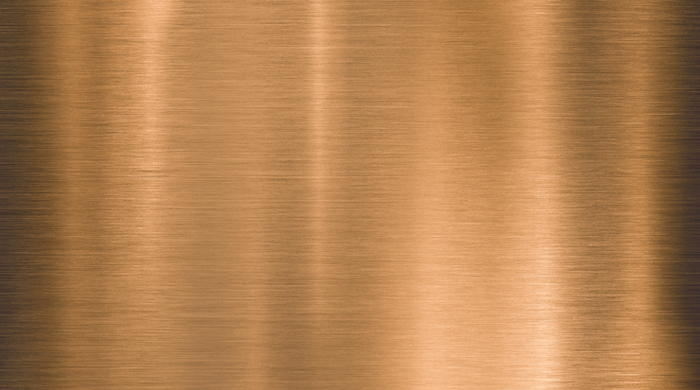Bronze, along with gold and silver, is one of the oldest and most widely used metals in the world. As a result of its numerous useful properties, it has been highly regarded throughout history. The only difference between this metal and gold and silver is that it is an alloy of copper and tin, two nonferrous metals that have their own unique set of advantageous attributes.

Copper and tin may be mixed in a variety of ways to create a variety of bronze alloys. To improve or create new qualities, additional metals may be included into the alloy, allowing it to be used in a wider variety of contexts. Listed below are the several sorts of bronze with their respective perks and disadvantages.
Unlike other metals, bronze is able to solidify just somewhat in a mould before expanding to its final shape. Using this method, small details may be filled in with incredible precision.
Bronze’s reddish-brown hue, which may shift under particular processing conditions, is another distinctive feature.
Uses
- For metal stamping, bronze is a good choice. To emboss or punch without damaging the surface, use bronze, an alloy of copper and tin. In terms of embossing, bronze is the most durable metal. Even yet, it’s pliable enough to be moulded by the human hand.
- After embossing, sheet bronze keeps its form and will survive the test of time. Bronze, on the other hand, is prone to tarnishing. When you put your fingertips on it, you can instantly see the prints. A little coat of polish and a spray of sealant are all that’s needed to keep the metal from tarnish.
- The fittings may be left in if more support is needed. It is possible to give the embossed metal an even more ancient appearance by applying a patina. This may be used to give copper sheets a more natural, aged appearance.
- Another option to alter the appearance of your sheets is to heat them directly over an open flame or on a burner. Copper may take on a variety of hues when exposed to heat, including red, green, blue, orange, and white.
There are several uses for Bronze Plate. Bronze plates may be used in a wide range of applications, from enormous extrusion presses to park benches. Bronze plates are our specialty here at bronzeblech.de bronze plate is available in a variety of alloys and sizes from us.
As a premier metal service centre and a full-production machine shop, we can manufacture your plates to your specifications. In many cases, our clients have discovered that we can create completed wear plates or components at cheaper prices than they could make them in-house. “Homegrown outsourcing of bronze components” is what we call it.
A bronze manufacturer with more than 100 years of experience can guarantee that your item will meet the highest quality standards. In addition, our turnaround times are among the finest in the business, and we manufacture all of our products in Michigan.
Wear Plates of Bronze
When large forces are involved, Wear Plates are used to guide and regulate linear motion. Movement is guided and controlled by these plates, which serve as linear bearings. It is possible to buy unfinished cast bronze plates or completely completed machined components at the bronzeblech.de website. The following are descriptions of the many varieties we have available.

Wear Plate Cast in Bronze
Using a process known as continuous casting, bronzeblech.de create our Cast Bronze Wear Plates. Casting flaws associated with static casting procedures are largely eliminated because to the fine grain structure generated by continuous casting. Your tooli’s lifespan will be extended because to its solid structure’s lack of porosity.
